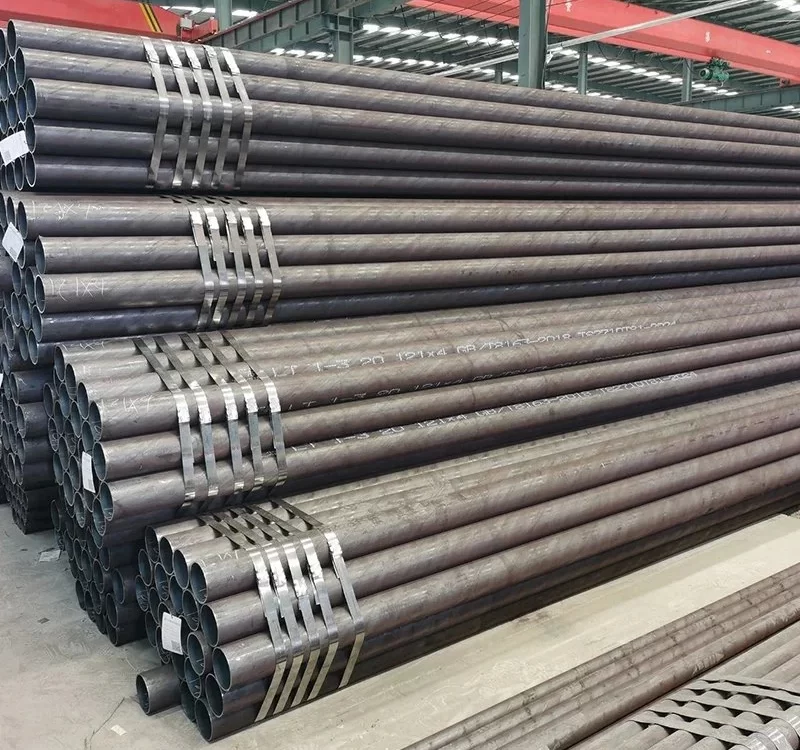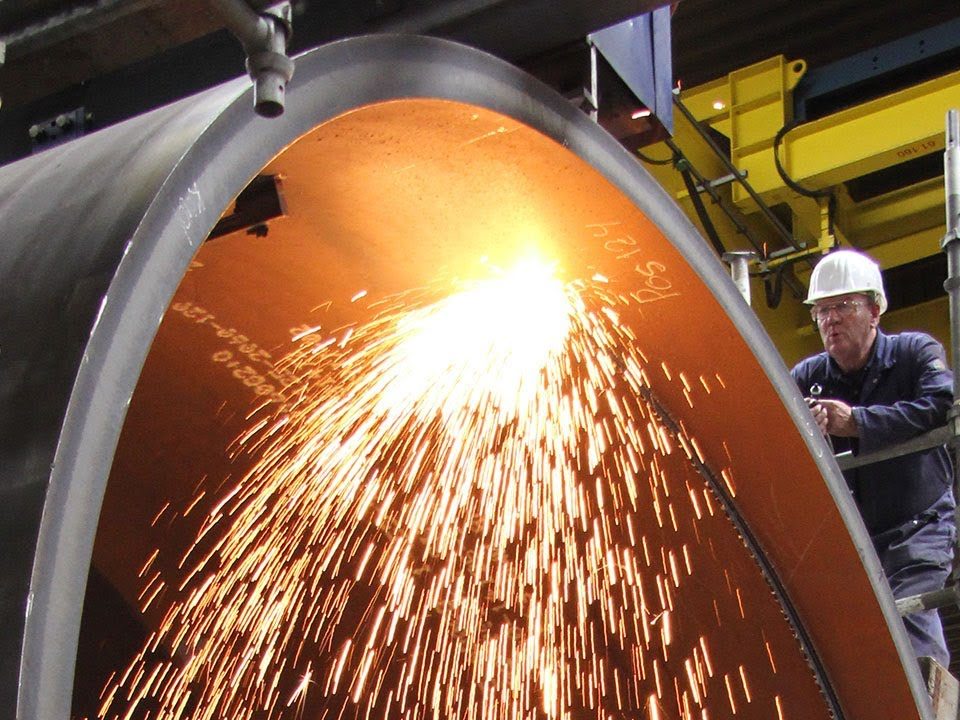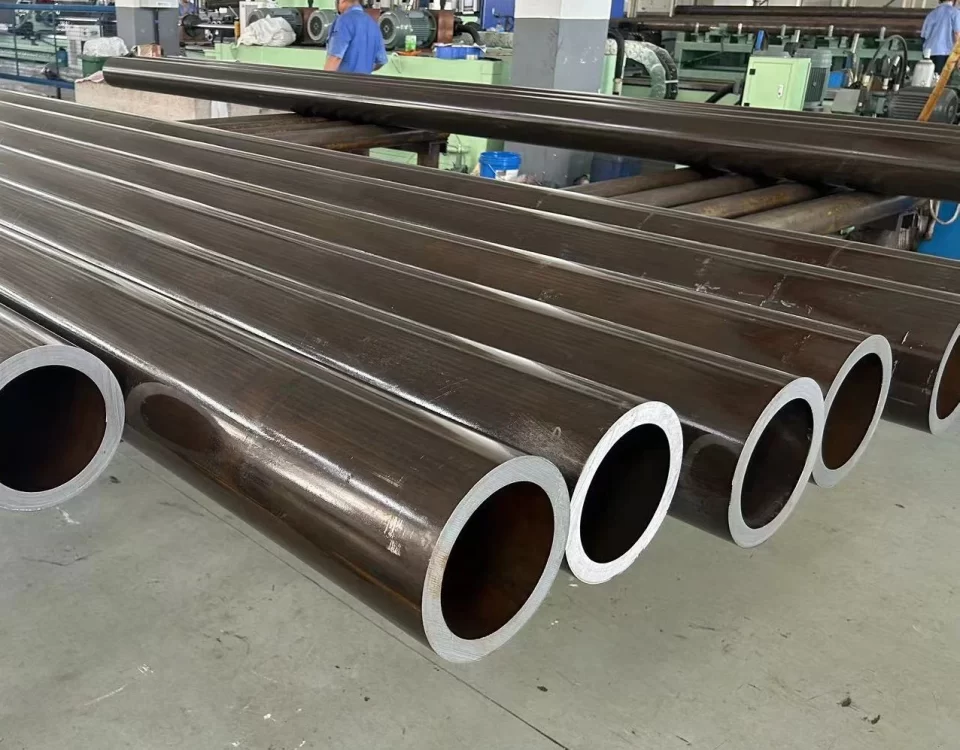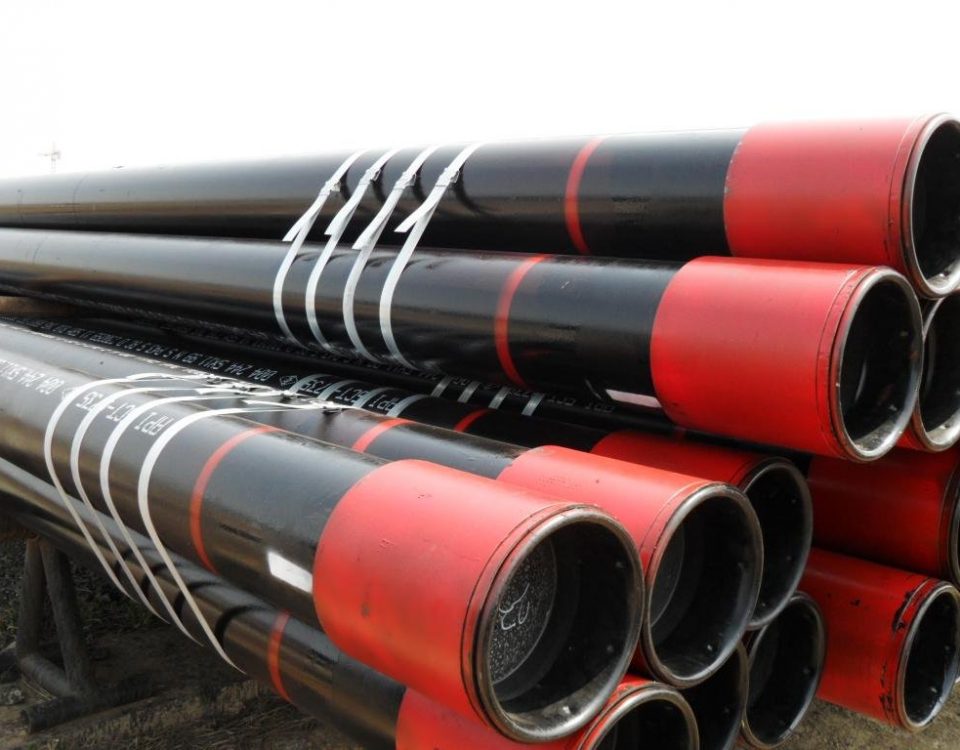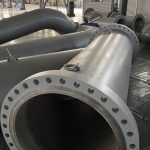
Pipe Spool Fabrication | Piping spool manufacturing| Prefabricated piping systems
May 31, 2025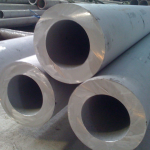
Heavy Wall Stainless Steel Pipe Scientific Analysis
June 4, 2025Scientific Analysis of Corrosive Water in Internally Lined Carbon Steel API 5L Pipelines with Welded Joints
Corrosion Mechanisms in API 5L Pipelines with Corrosive Water
Carbon steel pipelines, such as those meeting API 5L standards (e.g., grades X42, X52, X70), are widely used for water transport but are susceptible to corrosion when exposed to corrosive water, characterized by high chloride content, low pH, dissolved oxygen, or microbial activity. Internal corrosion occurs via electrochemical reactions, where water acts as an electrolyte, steel serves as the anode, and dissolved oxygen or other oxidants drive cathodic reactions. For instance, in acidic water (pH < 6), iron oxidizes to Fe²⁺, releasing electrons, while oxygen reduction forms hydroxide ions, leading to rust (Fe₂O₃·nH₂O). Chlorides accelerate pitting, penetrating the steel surface and causing localized material loss. Microbial-induced corrosion (MIC), often from sulfate-reducing bacteria (SRB), produces hydrogen sulfide, further degrading the steel. API 5L pipes, with carbon content ≤0.28% and manganese ≤1.4%, offer moderate strength (e.g., X70: 483 MPa yield) but lack inherent corrosion resistance. Internal linings, such as epoxy, polyethylene, or cement-mortar, create a barrier, reducing contact between corrosive water and steel. However, welded joints remain vulnerable, as heat from welding can damage linings, exposing steel to corrosion.
Role and Performance of Internal Linings
Internal linings are critical for protecting API 5L carbon steel pipelines from corrosive water. Common linings include fusion-bonded epoxy (FBE), liquid epoxy, polyethylene (PE), and cement-mortar, each selected based on water chemistry, temperature, and flow conditions. FBE, applied at 200-250°C, forms a 250-500 μm thick barrier, resisting pH 3-10 and temperatures up to 80°C, per standards like AWWA C213. Cement-mortar linings, per AWWA C205, excel in high-pH, abrasive water, providing a thick (6-12 mm) barrier but may crack under thermal or mechanical stress. PE linings offer chemical resistance to chlorides and acids but are limited to lower temperatures (<60°C). These linings reduce corrosion rates, often from 1-5 mm/year in unlined steel to <0.1 mm/year, extending pipeline life beyond 20-30 years. Welded joints, however, pose challenges: the heat-affected zone (HAZ) from welding can degrade linings, creating pinholes or cracks. Research shows corrosion rates at joints can spike to 2-3 mm/year if linings fail. Post-weld lining repairs, such as brush-applied epoxy, mitigate this, but adhesion and uniformity remain critical for long-term protection.
Welded Joints and Integrity Challenges
Welded joints in API 5L pipelines, typically formed via shielded metal arc welding (SMAW) or gas metal arc welding (GMAW), are critical weak points in corrosive water systems. Welding heats the steel to 1,400-1,500°C, altering the microstructure in the HAZ, increasing hardness, and reducing toughness, which can lead to stress corrosion cracking (SCC) in chloride-rich water. The HAZ’s susceptibility is compounded by lining damage: heat degrades epoxy or PE, exposing steel to corrosive water. For X70 pipe, yield strength (483 MPa) may drop 10-15% in the HAZ, and residual stresses from cooling heighten crack risk. Standards like API 1104 ensure weld quality, but imperfections—porosity, incomplete fusion, or slag—act as corrosion initiation sites. MIC thrives at welds, with SRB accelerating pitting rates to 1-2 mm/year. Protective measures include post-weld heat treatment (PWHT) to relieve stress, internal sleeve linings, and corrosion inhibitors (e.g., phosphates) to neutralize water chemistry. Regular inspection via ultrasonic testing or smart pigs is essential to monitor weld integrity and lining condition.
Comparative Analysis and Future Strategies
Internally lined API 5L pipes outperform unlined carbon steel in corrosive water, reducing corrosion rates from 1-5 mm/year to <0.1 mm/year, but welded joints remain a limitation. FBE linings excel in moderate conditions, while cement-mortar suits abrasive, high-pH water; PE linings resist acids but falter at high temperatures. Compared to stainless steel, lined carbon steel is cost-effective (20-30% cheaper) but less durable in extreme corrosion. X52 and X70 grades balance strength (414-570 MPa tensile) and cost, per API 5L, but require robust lining and joint protection. Future strategies include advanced linings (e.g., graphene-based coatings) for superior adhesion, robotic weld repairs for uniform lining application, and corrosion inhibitors tailored to water chemistry (e.g., bicarbonates for pH control). Smart sensors and machine learning promise real-time corrosion monitoring, optimizing maintenance. Delivery (within 30 days) and payment (TT, LC, OA, D/P) support deployment.
Lining Performance in Corrosive Water
| Lining Type | Thickness | pH Range | Temp. Range (°C) | Corrosion Rate (mm/year) | Application |
|---|---|---|---|---|---|
| Fusion-Bonded Epoxy | 250-500 μm | 3-10 | Up to 80 | <0.1 | Water, mild chemicals |
| Liquid Epoxy | 200-400 μm | 4-9 | Up to 60 | <0.15 | Potable water |
| Polyethylene | 1-3 mm | 2-12 | Up to 60 | <0.1 | Acidic water, low temp |
| Cement-Mortar | 6-12 mm | 6-12 | Up to 100 | <0.2 | Abrasive, high-pH water |
API 5L Grades and Mechanical Properties
| Grade | C (%) | Mn (%) | P (%) | S (%) | Tensile Strength (min MPa) | Yield Strength (min MPa) | Application |
|---|---|---|---|---|---|---|---|
| X42 | ≤0.28 | ≤1.30 | ≤0.03 | ≤0.03 | 414 | 290 | Low-pressure water |
| X52 | ≤0.28 | ≤1.40 | ≤0.03 | ≤0.03 | 455 | 359 | Water, gas transport |
| X70 | ≤0.12 | ≤1.70 | ≤0.025 | ≤0.015 | 570 | 483 | High-pressure pipelines |
Extended Scientific Analysis of Corrosive Water in Internally Lined Carbon Steel API 5L Pipelines with Welded Joints
Microstructural Impacts and Corrosion Kinetics
The interaction of corrosive water with API 5L carbon steel pipelines hinges on the steel’s microstructure and water chemistry. Carbon steel, with compositions like carbon (≤0.28%), manganese (≤1.70%), and low sulfur (≤0.015%) in grades such as X70, forms a ferrite-pearlite structure, offering yield strengths of 290-483 MPa per API 5L. In corrosive water—marked by low pH (<6), high chlorides (>500 ppm), or dissolved oxygen (>5 ppm)—electrochemical corrosion accelerates, with iron oxidizing to Fe²⁺ at a rate proportional to oxygen availability and pH. Pitting corrosion, driven by chlorides, can penetrate 1-3 mm/year in unlined steel, while microbial-induced corrosion (MIC) from sulfate-reducing bacteria (SRB) produces H₂S, boosting rates to 2-5 mm/year. Internal linings, such as fusion-bonded epoxy (FBE) or cement-mortar, reduce this to <0.1 mm/year by isolating steel from water. Welded joints, however, disrupt this protection: welding heat (1,400-1,500°C) alters the heat-affected zone (HAZ), forming martensite or bainite, which are harder but more prone to localized corrosion. Kinetic models, like the de Waard-Milliams equation, predict corrosion rates, guiding lining and inhibitor strategies to enhance durability.
Advanced Lining Technologies and Performance
Internal linings are pivotal in mitigating corrosion in API 5L pipelines exposed to corrosive water. Fusion-bonded epoxy (FBE), applied at 250-500 μm thickness, adheres strongly to steel, resisting pH 3-10 and temperatures up to 80°C, per AWWA C213, with corrosion rates dropping to <0.1 mm/year. Liquid epoxy, brush- or spray-applied, offers flexibility for post-weld repairs, though adhesion varies, risking delamination in turbulent flow. Polyethylene (PE) linings (1-3 mm) excel in acidic water (pH 2-12) but degrade above 60°C. Cement-mortar linings (6-12 mm), per AWWA C205, buffer high-pH water, reducing corrosion, but are brittle under vibration. Emerging technologies, like graphene-based coatings, promise superior barrier properties, with trials showing 50-100 times better resistance than FBE. Welded joints challenge lining integrity: heat degrades coatings, exposing steel, and uneven surfaces complicate reapplication. Research focuses on robotic lining systems for uniform joint coverage and nanocomposite linings for enhanced adhesion and thermal stability, aiming to extend pipeline life beyond 30 years in aggressive water environments.
Weld Imperfections and Mitigation Strategies
Welded joints in API 5L pipelines are critical vulnerabilities in corrosive water systems. Welding processes (e.g., SMAW, GMAW) heat steel to 1,400-1,500°C, creating a HAZ with altered microstructure—martensite or bainite—prone to stress corrosion cracking (SCC) and pitting in chloride-rich water. Imperfections like porosity, lack of fusion, or slag inclusions act as corrosion initiation sites, with rates at joints reaching 2-3 mm/year if linings fail. API 1104 standards ensure weld quality, but residual stresses and lining damage persist. Mitigation includes post-weld heat treatment (PWHT) at 600-650°C to relieve stress, reducing SCC risk, and corrosion inhibitors (e.g., phosphates, bicarbonates) to neutralize water chemistry, cutting corrosion rates by 50-70%. Internal sleeve linings or field-applied epoxy protect joints, though adhesion remains a challenge. Future strategies involve advanced welding (e.g., laser welding) for minimal HAZ, real-time NDT (ultrasonic, radiographic) for defect detection, and smart coatings with self-healing properties to enhance joint integrity in corrosive water service.
Lining Performance in Corrosive Water
| Lining Type | Thickness | pH Range | Temp. Range (°C) | Corrosion Rate (mm/year) | Application |
|---|---|---|---|---|---|
| Fusion-Bonded Epoxy | 250-500 μm | 3-10 | Up to 80 | <0.1 | Water, mild chemicals |
| Liquid Epoxy | 200-400 μm | 4-9 | Up to 60 | <0.15 | Potable water, joint repair |
| Polyethylene | 1-3 mm | 2-12 | Up to 60 | <0.1 | Acidic water, low temp |
| Cement-Mortar | 6-12 mm | 6-12 | Up to 100 | <0.2 | Abrasive, high-pH water |
| Graphene-Based | 50-200 μm | 2-13 | Up to 100 | <0.05 | Harsh, corrosive water |
API 5L Grades and Mechanical Properties
| Grade | C (%) | Mn (%) | P (%) | S (%) | Tensile Strength (min MPa) | Yield Strength (min MPa) | Application |
|---|---|---|---|---|---|---|---|
| X42 | ≤0.28 | ≤1.30 | ≤0.03 | ≤0.03 | 414 | 290 | Low-pressure water |
| X52 | ≤0.28 | ≤1.40 | ≤0.03 | ≤0.03 | 455 | 359 | Water, gas transport |
| X70 | ≤0.12 | ≤1.70 | ≤0.025 | ≤0.015 | 570 | 483 | High-pressure pipelines |

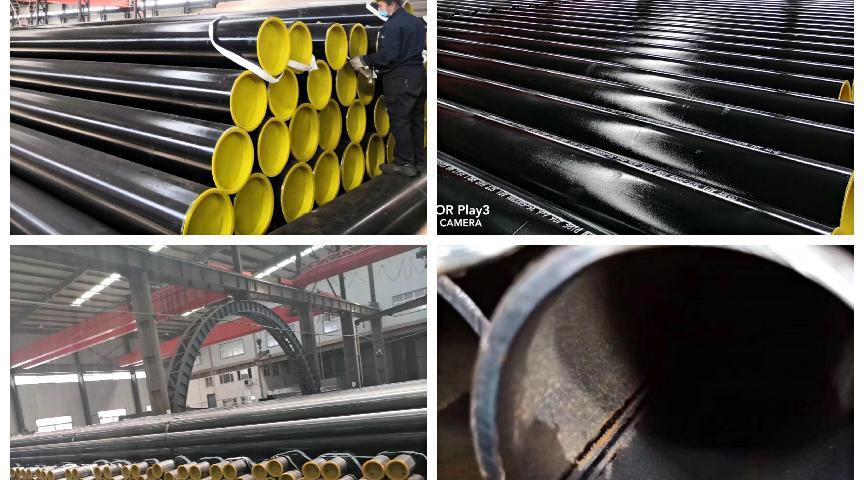
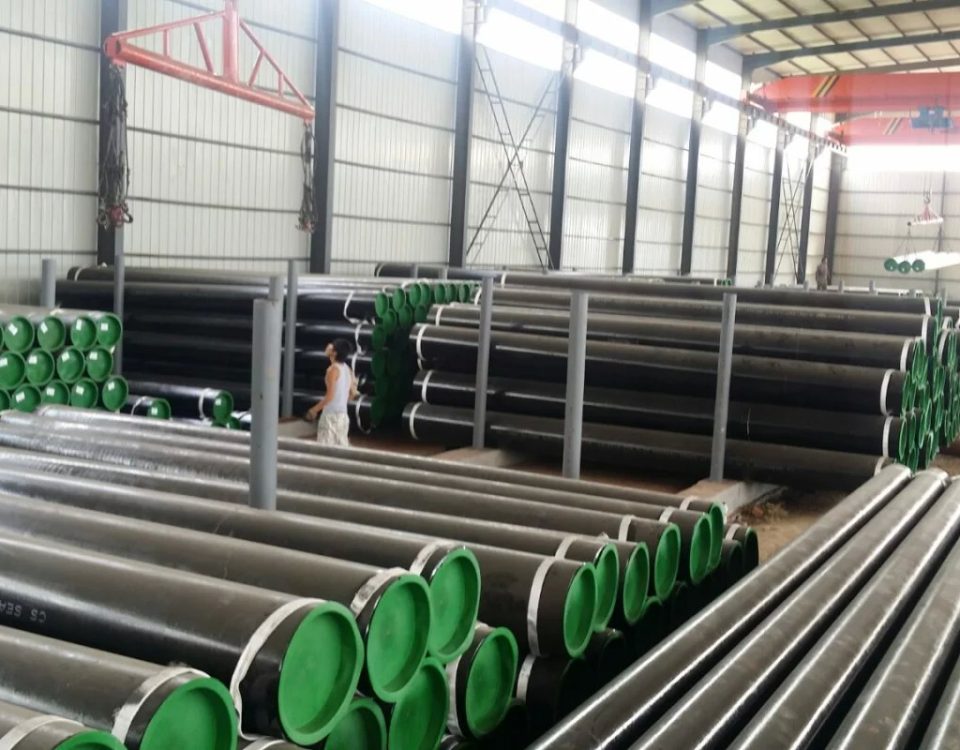
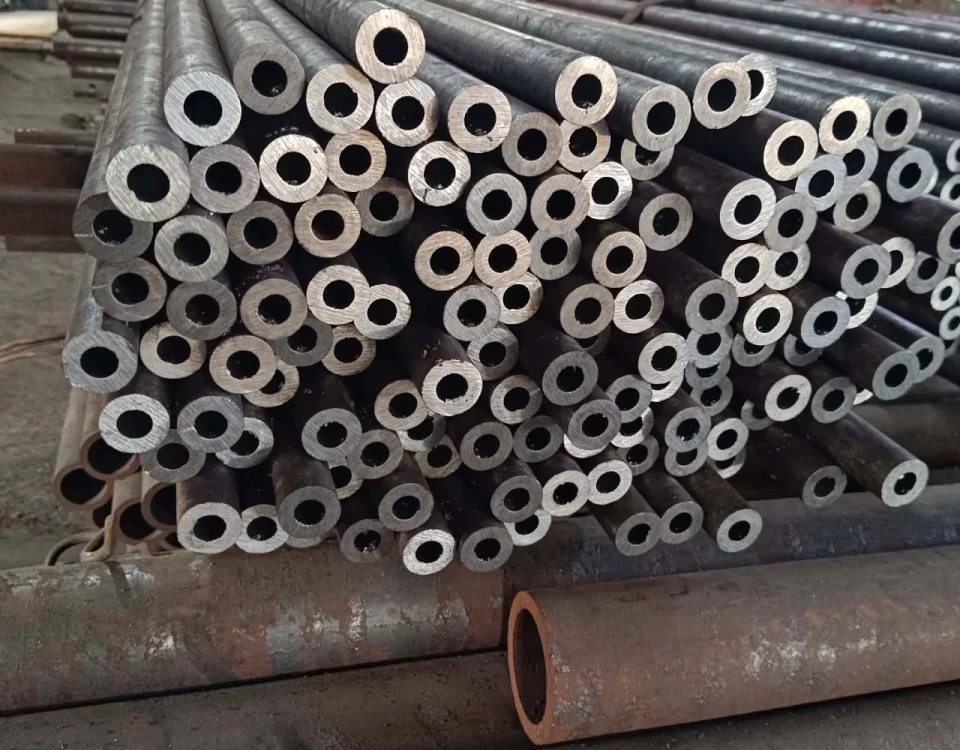
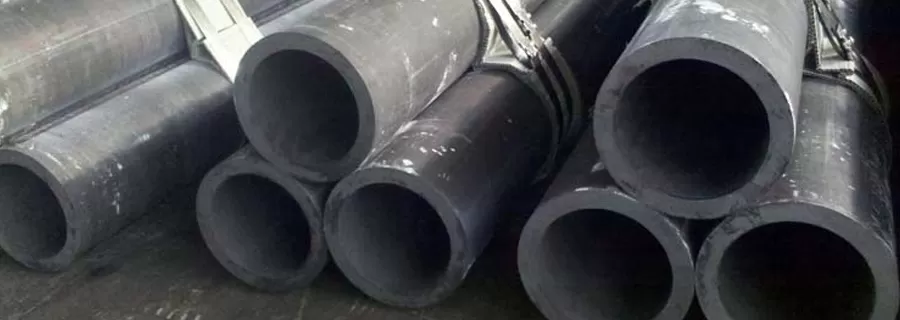
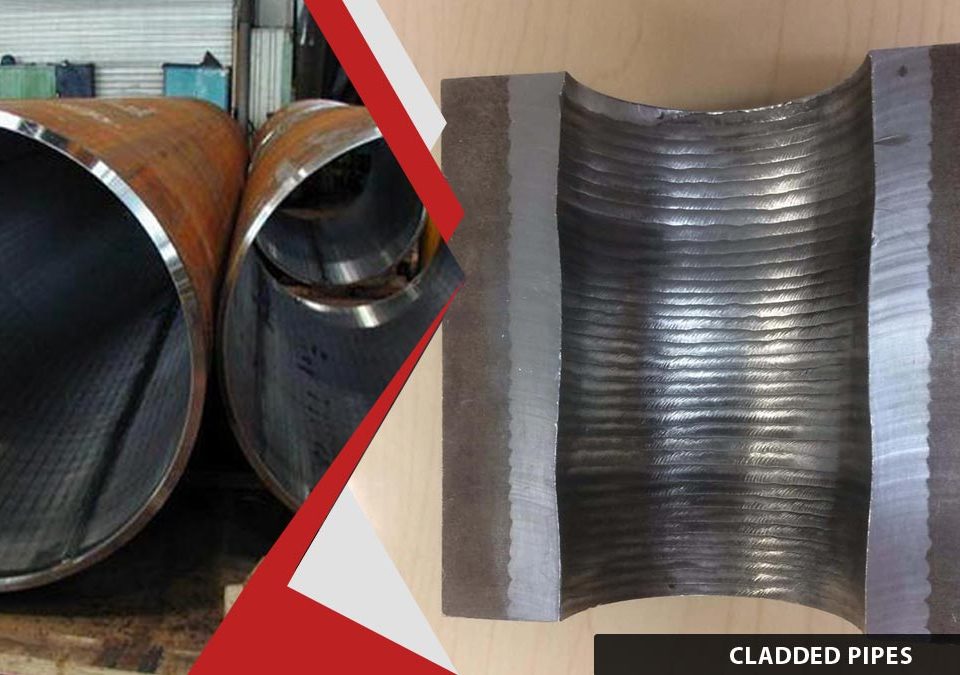
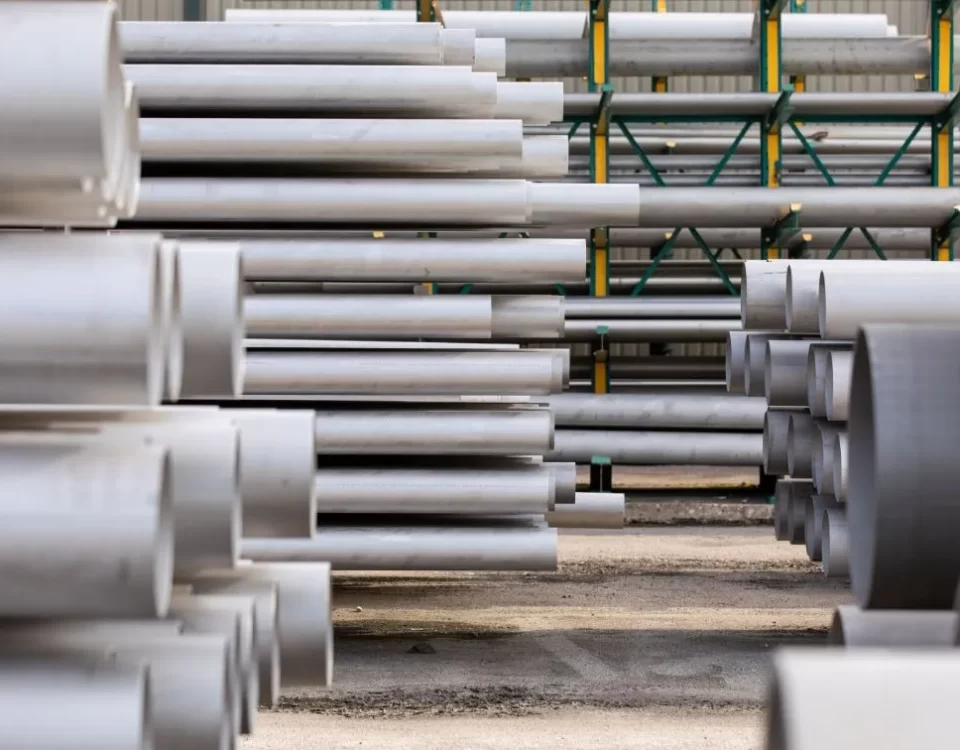
-steel-pipe.jpg)
